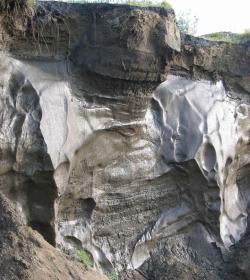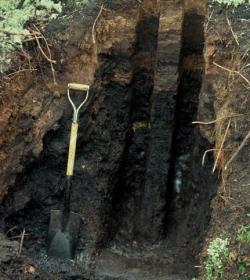Science Highlight
Attributing the increase of atmospheric CO2 to emitters and absorbers
Ciais P, Gasser T, Paris JD, Caldeira K, Raupach MR, Canadell JG, Patwardhan A, Friedlingstein P, Piao SL, Gitz V.
Nature Climatic Change, Published online: 14 July 2013
DOI 10.1038/nclimate1942
Lead
Climate change policies need to consider the contribution of each emitting region to the increase in atmospheric carbon dioxide (CO2), which includes both their CO2 emissions and sinks. The study unambiguously attribute the largest share of the historical increase of CO2 between pre-industrial times to developed countries. However, the excess CO2 attributed to developing countries is greater than their share of cumulative CO2 emissions, because a greater fraction of their emissions occurred more recently.
Paper Abstract
Climate change policies need to consider the contribution of each emitting region to the increase in atmospheric carbon dioxide (CO2). We calculate regional attributions of increased atmospheric CO2 using two different assumptions regarding land sinks.
In the first approach, each absorber region is attributed 'domestic sinks' that occurs within its boundaries.
In the second, alternative approach, each emitter region is attributed 'foreign sinks' that it created indirectly through its contribution to increasing CO2.
We unambiguously attribute the largest share of the historical increase of CO2 between pre-industrial times and the present-day period to developed countries.
However, the excess CO2 in the atmosphere since pre-industrial times attributed to developing countries is greater than their share of cumulative CO2 emissions. This is because a greater fraction of their emissions occurred more recently.
If emissions remain high over coming decades, the share of excess CO2 attributable to developing countries will grow, and the sink service provided by forested regions, in particular regions with tropical forest, to other regions will depend critically on future tropical land-use change.
Manuscript
- Download paper: http://www.nature.com/nclimate/journal/vaop/ncurrent/full/nclimate1942.html
- Contact lead author: Philippe Ciais
Media
Illustrative Photos (available free if credited as specified). |
||
|---|---|---|
 |
 |
|
Frozen soil sediment deposit in Siberia. |
Frozen peatland soil from the Hudson Bay Lowlands, Canada. |
|
